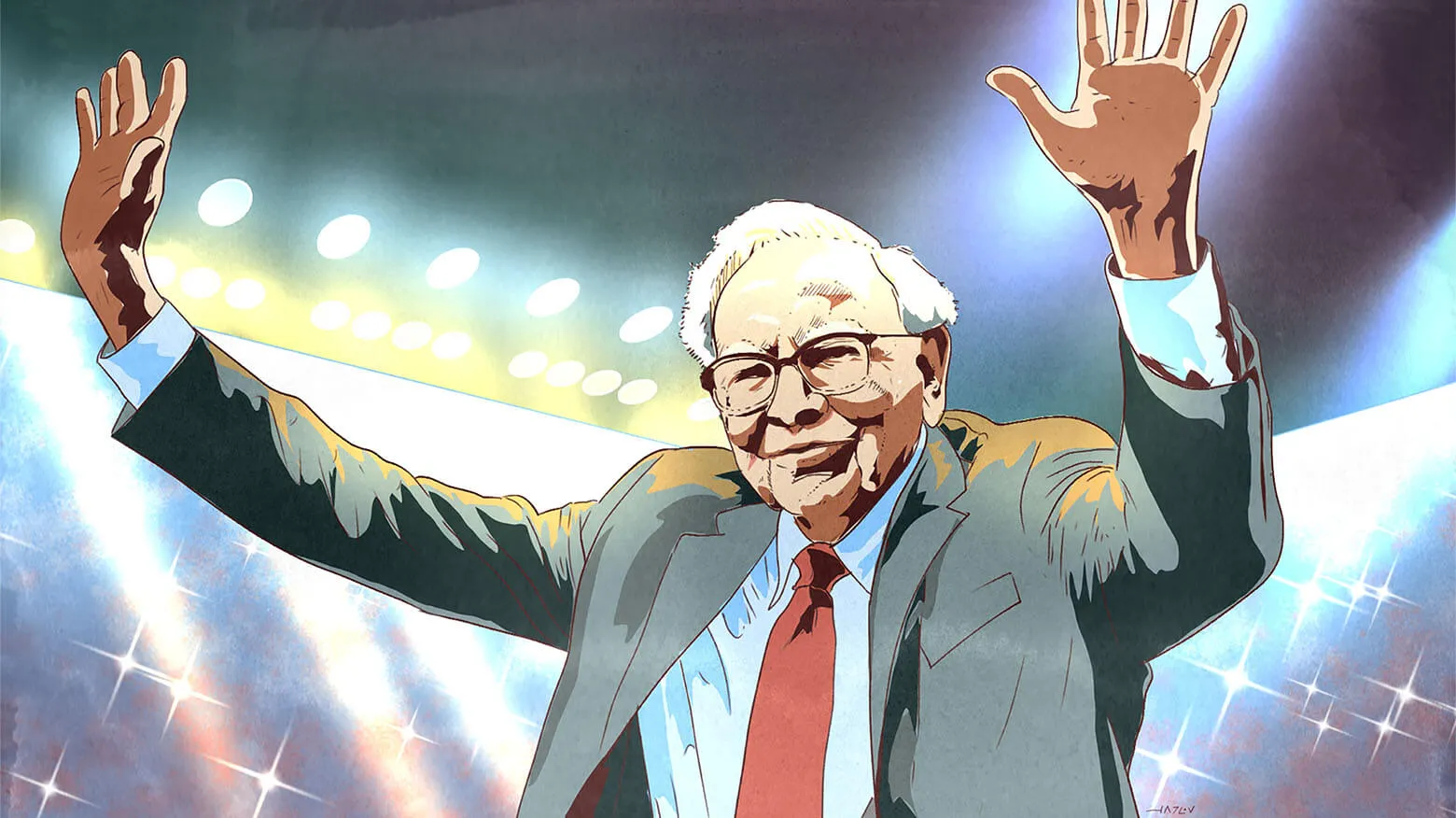Our approach to risk management shows through our research process.
To finish first, first you must finish. Thus looking down (for risk) often is more important than looking up (for return). In a long only portfolio there are three interrelated pillars to risk management: diversification, stock selection, and valuation.
Diversification
Diversification – is the only free lunch an investor will ever get, as risk reduction doesn’t need to lead to subsequent reduction in return. Taking diversification a step further, stress testing a portfolio for probable risks coming to fruition is critical, as it exposes the weakness of the portfolio in the event probability turns into reality.
Stock Selection and Valuation:
We look for three things in every stock Quality, Value, and Growth:
Quality – companies don’t operate in a competitive vacuum, even the most successful will stumble at some point. Where the strong (quality) get up and regroup to move forward, weaker ones may not.
These are the characteristics that define high quality companies:
Sustainable Competitive Advantages – a deep moat around its business often created by strong brands, high barriers to entry, patent protection etc – allowing a company to have a leg up against competitive threats.
Predictable Earnings – companies that have high recurring revenue components usually exhibit lower sales volatility and higher predictability of their earnings and cash flows, thus have less operational risk.
Significant Free Cash Flows (operating cash flows less capital expenditures) – is very important for several reasons: first of all, these companies are usually not as capital intensive which often leads to a higher return on capital. Second, it lowers the risk of the business as the company doesn’t rely much on outside financing. Third, a great source for raising dividends and buying back stock – possibly providing an additional source of shareholder return.
High Return on Capital (and economic value added returns) far exceeding the cost of capital, another scorecard for value creation.
Strong Balance Sheets – our stock selection process usually leads to companies that underutilize debt, as companies that have high return on capital and great cash flows (usually far past their infancy stage) tend to finance their growth from their cash flows.
Value – we utilize a multi-prong approach to determine a company’s appropriate valuation. To determine direction of the value we utilize discounted cash flows. It is a great tool to measure the market expectations that are built into a stock’s valuation; also the process of going through the model is invaluable as it shows the drivers of value in the company (i.e. margins, sales growth, working capital, capital expenditures etc…)
However, discounted cash flows is not exact and is very sensitive to assumptions To estimate a more appropriate valuation level, we use relative (to peers and historical valuations) and absolute valuation metrics i.e. price to earnings, price to operating cash flows and price to free cash flows.
Margin of safety – we cannot stress enough its importance for many reasons. Margin of safety provides room for disappointment. It is only a matter of time before even the best company will disappoint Wall Street. However, a company that trades at a discount to its “appropriate” valuation (margin of safety) is likely to respond less violently to the disappointment. If we made a mistake in our projections for earnings growth the punishment rendered for our miscalculation is not as severe when we have a large margin of safety.
Growth – since we approach investments from a very long term perspective, often we don’t know when the market will fall in love with our companies again, in fact we love to buy stocks that have fallen out of favor. However, if companies have grown their earnings our patience will be compensated when the love affair resumes, as PE will be expanding on top of higher “E” – earnings.
Key Themes: In today’s environment the following secular risk/trends are a concern to us:
· Substantial slowdown in the Chinese economy and its impact on demand for US products.
· Rise or fall of oil prices – our portfolios are positioned mostly to benefit from the likelihood of long-term decline in oil prices. We have some exposure to oil stocks as a hedge in case oil prices climb further or stay high.
· The US housing bubble imploding and its impact on consumer discretionary spending and/or rising interest rates and their impact on the overleveraged US consumer, we are limiting our exposure to consumer discretionary stocks.
· The US trade deficit causing a further decline in the US dollar – we added some high quality, very high yielding European ADRs to mitigate that risk.
Outlook for the financial markets: Investors will be paying for the excesses of the last bull market for a long time. We expect the stock market to go nowhere with plenty of volatility and micro bear and bull markets in the interim. This market will require some fine-tuning to the investment strategy for even a long-term investor.
“The essence of risk management lies in maximizing the areas where we have some control over the outcome while minimizing the areas where we have absolutely no control over the outcome and the linkage between effect and cause is hidden from us” — Peter Bernstein
There is another risk that may be even more damaging than risks described above – our emotions. Understanding “the linkage between effect and cause” helps to regain control over ones emotions. To achieve that control an investor should do the following:
· Understand the companies in your portfolio. Understand the drivers of growth and the risks inherent in the business. If you don’t understand them don’t buy it. Show me an investor who understood Enron). Warren Buffett doesn’t buy companies he doesn’t understand and we advise you to do the same.
· Do your own research – to be a rational investor, one needs to come to a decision on his own, not on somebody else’s advice.
· Write, write, write – write down in depth your rationale for making an investment decision. This will achieve two things: it will give the clear reasons why you bought the stock in the first place. At the time when emotions are trying to get the best of you, you’ll have clear, rational thoughts on paper, making an unemotional decision a lot easier. Finally, it is easier to lie to yourself, than to the paper, writing things down forces one to be honest with oneself and rational.









0 comments
0